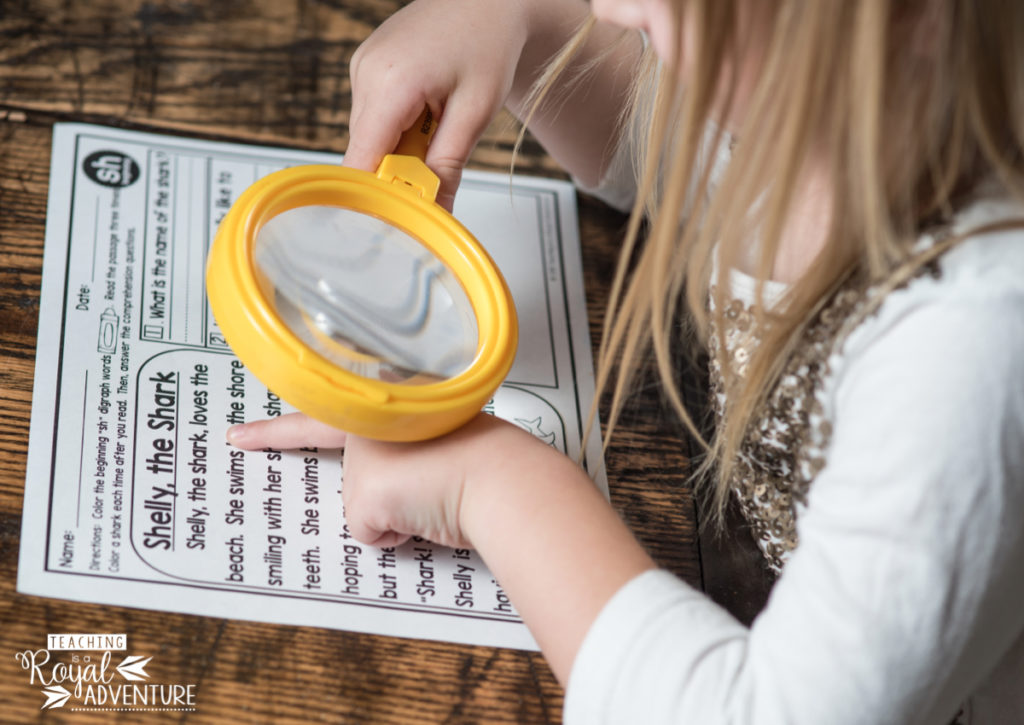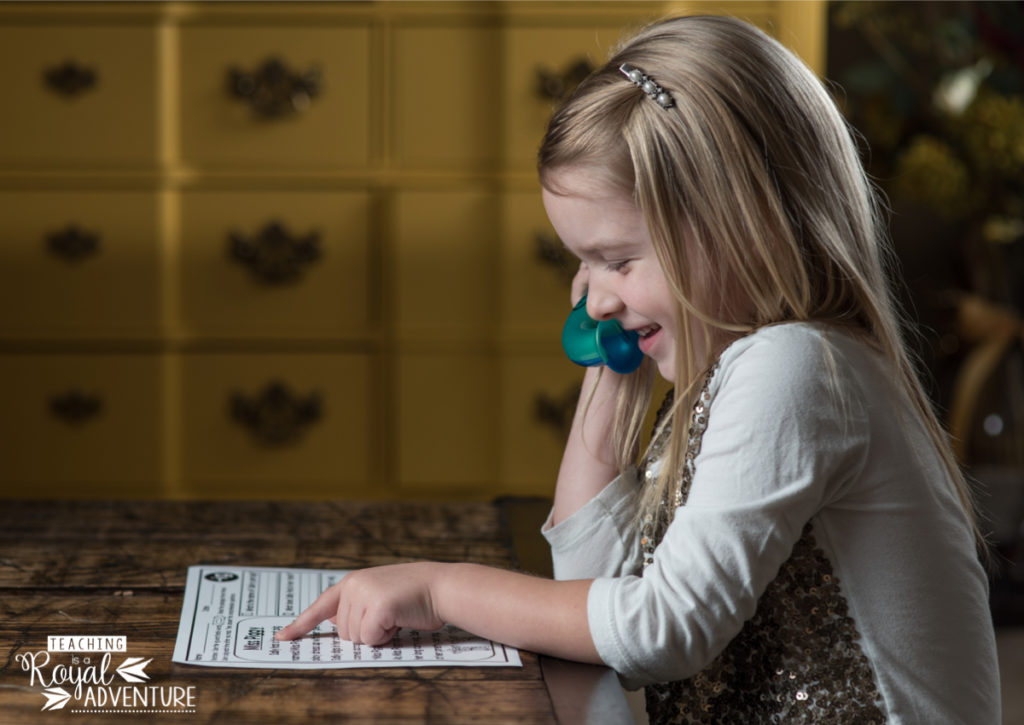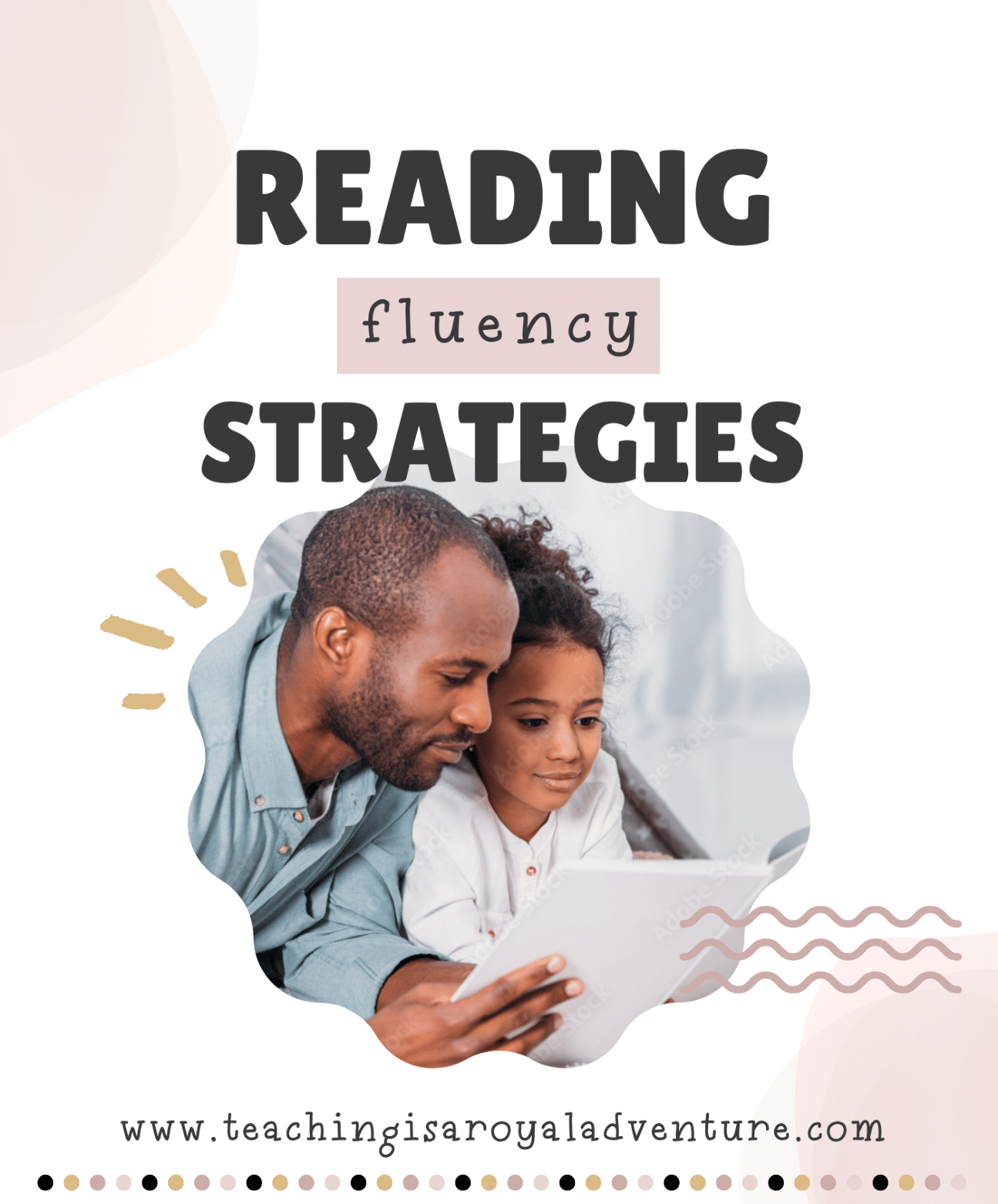Fluency is how fast a student reads, right?
Yes. And no.
One indicator of reading fluency is reading at an appropriate (not cheetah-like) speed. However, fluency encompasses much more than the reading rate. Fluency also includes accuracy, tone, and expression. Readers should take punctuation into account and modify their voice for dialogue.
Fluency is a skill that takes practice, practice, and then a little more practice.
Here are some ways you can help your students become more fluent readers.
- Encourage rereading
Reading the same text over and over can initially seem counterintuitive. How are students supposed to learn anything new or practice reading skills if they read the same book 12 times?
Rereading builds speed and accuracy. It helps students practice identifying sight words within context. Multiple readings can also help students better comprehend a text when they can focus more on meaning and less on decoding.
Skills of any kind take practice. If you’re learning a new dance move or playing a new song on the guitar, you don’t master it the first time. Or the second time. The same thought applies to reading a book. When a child reads the same text multiple times, they are developing their reading skills to grow into stronger and more confident readers.
Speed, accuracy, comprehension, and confidence. What’s not to love about rereading?

- Model fluency
There is a seemingly endless list of benefits of classroom read-alouds, and fluency is high on that list. Picture books and chapter books both provide the opportunity to read with expression. Change your voice for different characters. Pause with punctuation for dramatic effect. Use intonation to make the message of a passage crystal clear.
Then, pause. Point out to students what you just did. If you can, display the book so they can see how elements of the text caused you to read a certain way. Point out the exclamation points and ellipses can capitalize words. After helping students see the reason you read a sentence a certain way, have the class complete a quick choral reading with you to practice together!
- Reader’s theatre
Reader’s theatre is an exciting chance to practice the expressive components of reading fluency. For maximum involvement, use small groups so every student has a role. Students should be grouped with peers who read at a similar level so the entire group can utilize a script that’s appropriate for their reading mastery.
Here are steps for using reader’s theatre in your classroom, based on recommendations from Scholastic.
- Give each student a script, and read it aloud to them
- Complete an echo read, then a choral read
- Allow each student to choose their part and practice their lines
- If you’re feeling adventurous, put together some props and costumes
- Groups can perform for other groups, the rest of their class, or even other classes
- Partner reading
When strategically done, partner reading offers several ways to increase fluency. You can have one student read a passage and the other student repeat, or you can offer texts that are designed to be read in an alternating fashion.
For maximum success, consider a few dos and don’ts.
- DON’T pair your highest readers with your lowest readers.
- DO pair students who read within a grade level of each other.
- DON’T pair students who are going to be easily distracted (close friends, students who typically don’t get along)
- DO choose engaging books
- DON’T forget to first model what partner reading should look like. Is it going to be set up as repeated reading or alternating reading?
- DO consider using books designed for partner reading like the You Read To Me, I’ll Read To You series
- Offer whisper phones
Whisper phones are an ideal tool for students to hear exactly what they’re saying as they read. It helps them hone in on the words they’re reading. If what they’re saying doesn’t make sense, that quickly indicates that they’ve read something incorrectly. Without any teacher prompting or redirection, students can catch those errors and self-correct. What a skill!
You also can’t discount the ‘fun factor.’ Whether you DIY or buy your whisper phones from a school supplier, they often come in bright colors. In addition, the novelty of hearing their voice amplified so clearly is enough to excite any reluctant reader.

- Provide the right tools
Whisper phones are just one resource you can utilize for fluency development. Include any of the following tools in your fluency station or fluency kits for students. There’s one caveat, though: Make sure you teach students how to use each item before they have access!
- Word pointers: These could be small star pointers or even googly eyes glued to a popsicle stick. Anything to help students point and track word by word.
- Line tracking cards: Index cards or highlighter strips can help students keep their focus on the line they’re reading.
- Fluency guides: A small printable the size of a bookmark can help students remember how to read with speed, accuracy, and expression.
- Encourage sight word mastery
Kindergarten and first grade are the prime time for sight word mastery. The 220 words on the Dolch sight word list make up an estimated 75% of words used in books. Yes, you read that right. SEVENTY-FIVE PERCENT.
You are setting your students up for success when you encourage them to learn 75% of the words they’re going to come across as they read.
You are setting your students up for success when you encourage them to learn 75% of the words they’re going to come across as they read. Share on XIn addition, many of those sight words don’t follow conventional spelling patterns. If students try to decode them by applying familiar rules, they’ll quickly experience frustration.
How can you encourage sight word mastery?
- Utilize sight word lists and rings
- Display a sight word wall
- Incorporate sight word practice in reading rotations
- Share practice-at-home strategies with families
Incorporate a variety of fluency strategies in your reading instruction and watch how your students grow! Let us know in the comments what your favorite strategy is.
PS: Fluency instruction is the perfect opportunity to pull out this first-rate GoNoodle. Enjoy!
